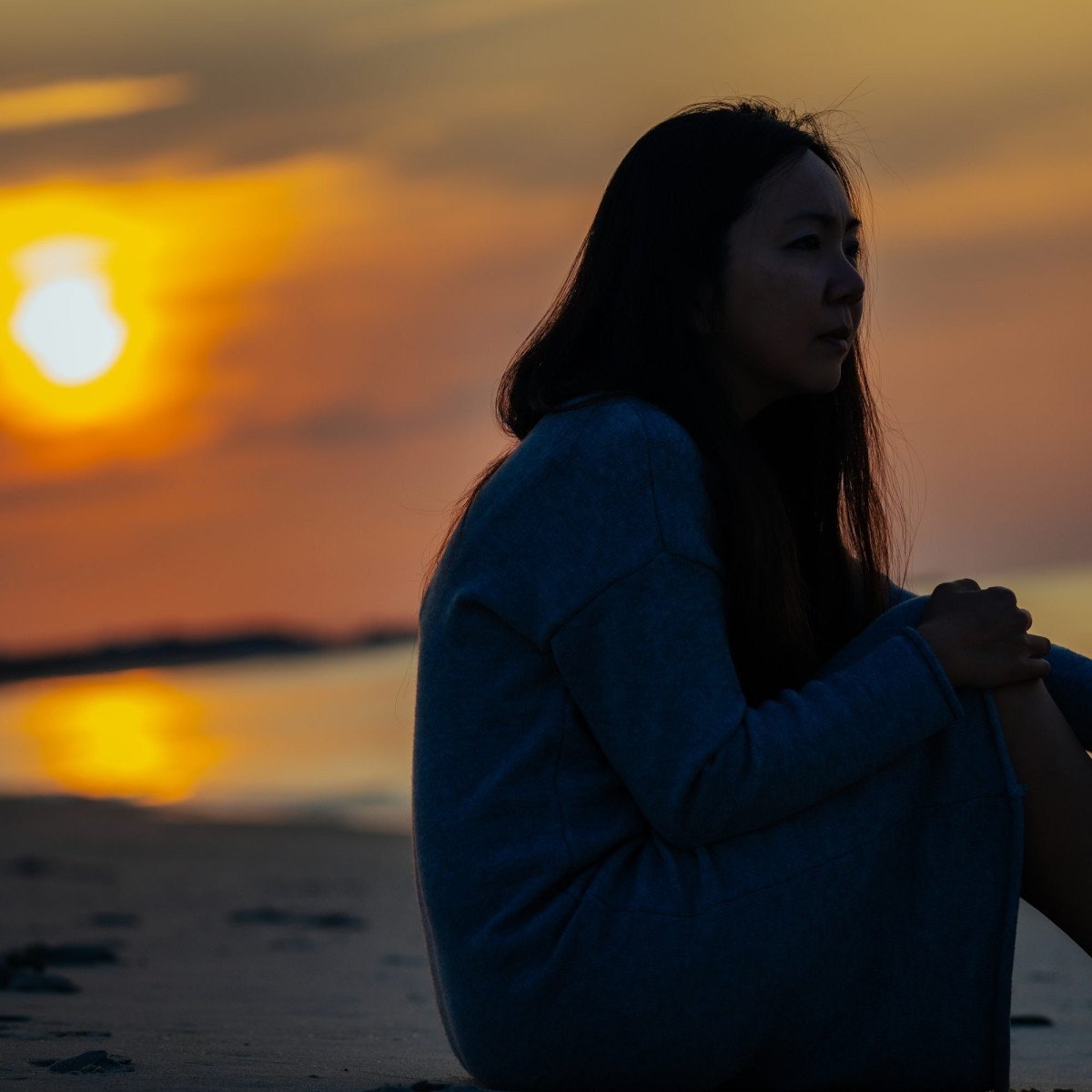Ever been captivated by the simplicity and mystery of a silhouette framed against a fiery sunset? You know, those intriguing images that challenge you, whispering, “Can you unravel who I am?”. That fleeting question was my shrouded muse, leading me gently by the hand into the enchanting realm of silhouette photography.
Alluring as silhouettes are, creating them isn’t a mere fluke. In fact, good silhouette photography requires not only intuition but also a judicious mix of skill, timing and an understanding of light. You’d be surprised to know that this ethereal form of photography, once the prerogative of seasoned artists, is now within your easy reach, thanks to modern technology.
A short diversion here. If you think photography is all about capturing reality, think again. Remember ‘rule of odds’? It’s a principle we use to create harmony in our compositions. If you aren’t familiar, check out my previous tutorial here. In a similar vein, silhouette photography is less about replicating reality and more about evoking emotion through contrast, shape, and mystery.
Understanding the Canvas of Silhouette Photography
Anchor the sail of your imagination with me for a moment. Picture yourself on a beach at sunset, the sky blushed with hues of orange and purple. You notice a lone figure standing against the setting sun, an unbroken shape etched starkly onto the canvas of the twilight sky. That’s your canvas. That’s where the magic of silhouette photography begins.
Mastering the Art of Light and Darkness in Silhouette Photography
Engaged in the tango of light and darkness, the essence of silhouette photography lies in controlling exposure. Isn’t it curious how magic tends to dwell in contrasts? In silhouette photography, the task is about embracing this paradox by controlling light so meticulously that your subject is purposefully plunged into darkness. These shadow subjects, they whisper tales of intrigue, don’t they?
Essentially, silhouette photography is underexposed photography done right. By reducing the amount of light that reaches your sensor, your subject transforms into a shadow, while the background remains brightly lit. The resulting image is a captivating play of contrast, outlining the distinct form of your subject against a brighter setting.
The Golden Silhouette Rule: Keep It Simple
A powerful silhouette is one that keeps its secrets yet hints at them. To achieve this, remember—the simpler, the better. A complex silhouette may end up a jumbled mess that leaves your audience scratching their heads instead of appreciating your art. Hence, when choosing your subject, minimalism is key. A simple subject, when transformed into a silhouette, becomes a symbol. And symbols, my dear friend, stir up emotions…
Timing, Positioning, and Lighting: The Triad of Silhouette Photography
Swing slow into the rhythm of the setting sun—the golden hour is your ideal silhouette buddy. A low light source casts long shadows, creating a naturally contrasting canvas just begging to be captured. But remember, it’s not just about the hour, but also where your subject stands in relation to the light source. Best practice? Behind the light source, of course!
You might wonder, might not backlighting end up dwarfing your subject? Normally, yes, but with silhouette photography, that’s the delicious irony you’re aiming for. By dimming the hero to darkness, we illuminate the story it tells.
Now It’s Your Turn to Create a Masterpiece
So, fellow capturer of shadows and peddler of stories, are you ready to dive into the allure of silhouette photography? Arm yourself with these techniques, and venture forth into that twilit canvas. Your masterpiece awaits. Beware though! Silhouette photography is a charming enigma that could just ensnare your heart. But then again, isn’t it always the enigmatic aspects of life that bewitch us the most?


0 Comment